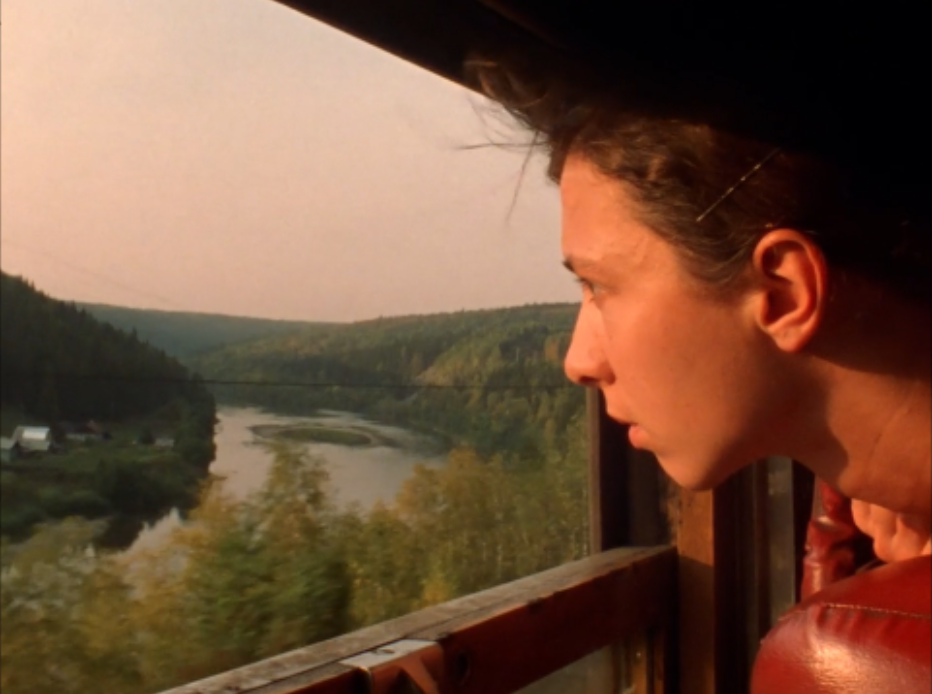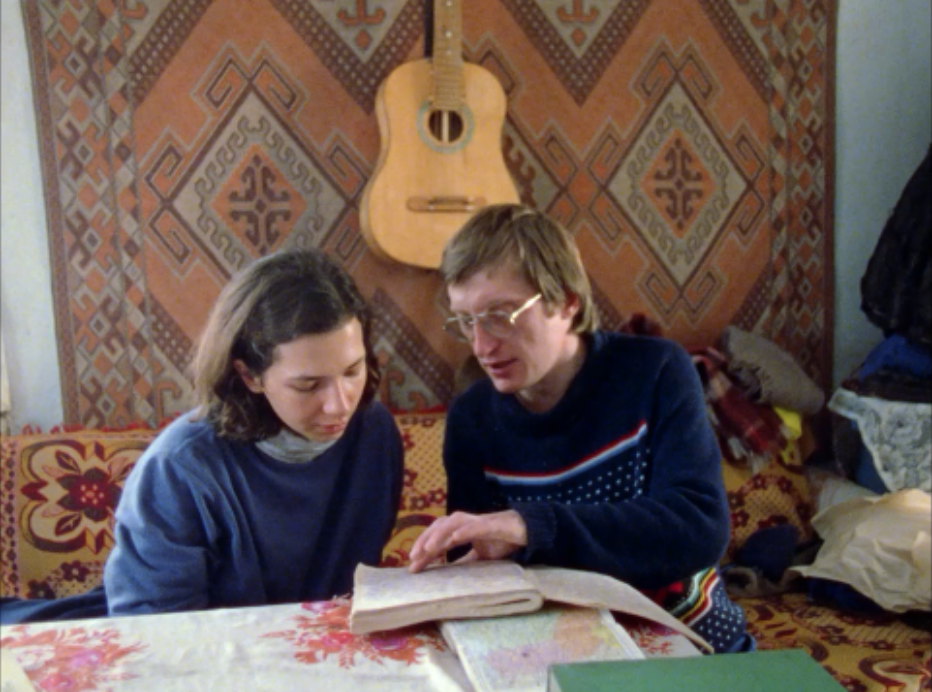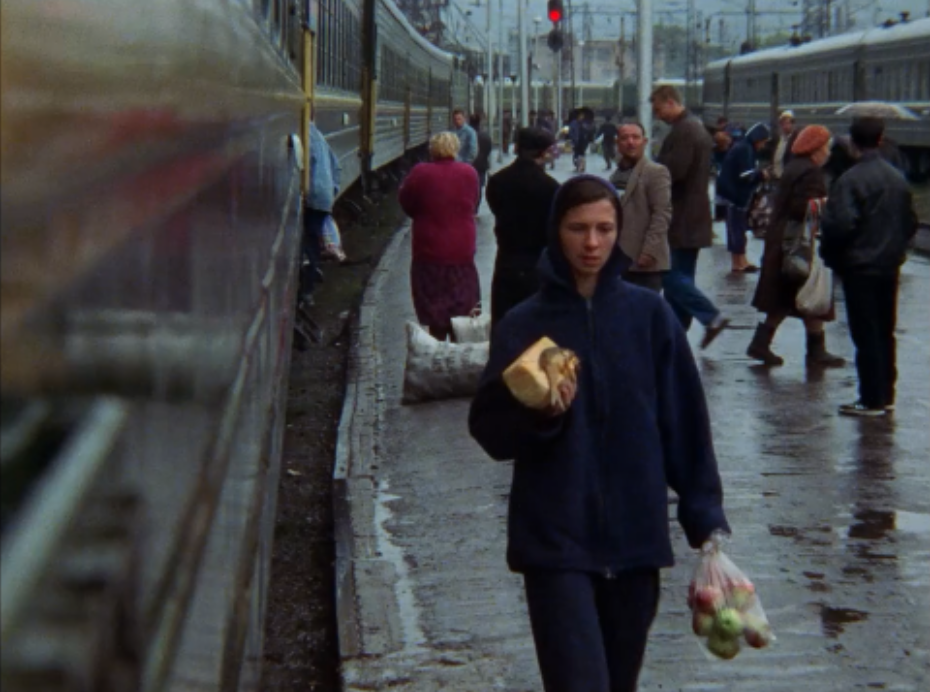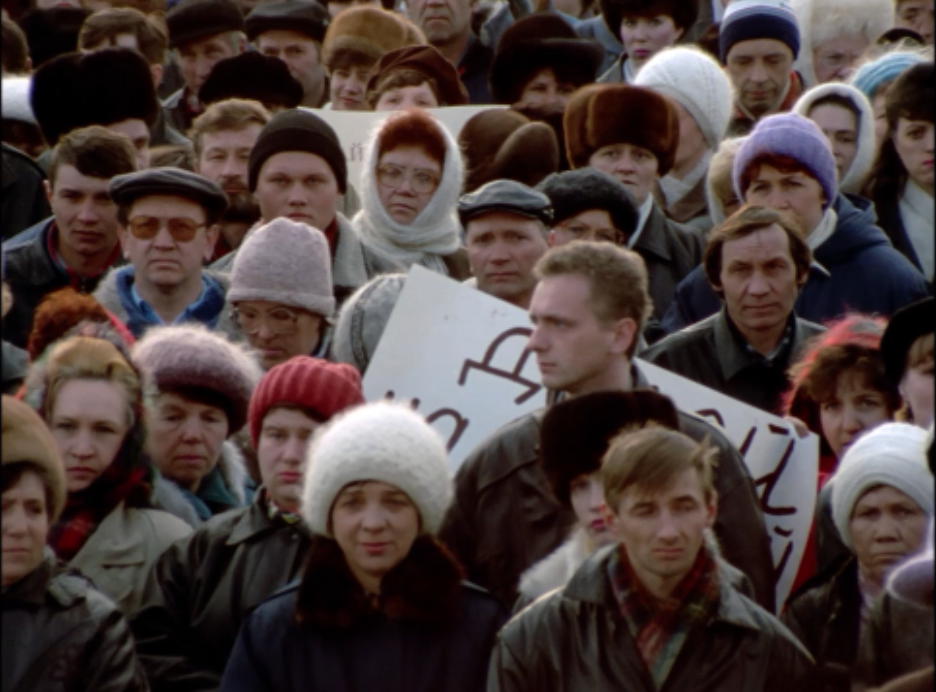Fighting for Reality: The Importance And Evolution Of Polish Documentaries
Whenever I talk to internationals about the Polish film business I usually hear the name Kieślowski, Polański (with a hint of controversy), sometimes Wajda. Kieślowski’s Three Colors series comes up most frequently, along with The Double Life of Veronique and Dekalog, but what I have noticed is not everyone is aware of his incredibly impressive documentary work and influence. What’s more there is the numerous artists which have carved their names onto the pantheon of incredible documentary creators, which until this day remain unrecognized by the general public, with exceptions of film students and fanatics. While I think we can agree that the art of documentary is generally less celebrated, once immersed in its amazing forms, hypnotizes, as it forces us to look at the world from a different, but equally real perspective. While there has been a surge of interest in documentary features over the last few years, with Netflix and HBO pumping money into society-educating specials, such as The Social Dilemma, American Factory, O.J.: Made in America, the genre still remains hugely unappreciated.
Three Colors: Blue by Krysztof Kieślowski
John Grierson (1898-1972) was a Scottish filmmaker, often considered the father of the documentary discipline, because he coined the term during a review of Robert Flaherty’s Moana. In his opinion a documentary should be a “creative treatment of actuality”. The reason I bring this up, is that this idea was never fully accepted in the Polish school of documentary, as it adapted a more artistic approach in its education. This rebellion against the then traditional and accepted way of looking at the discipline created amazing and revolutionary pieces, which went through their own evolution among the years.
The Warsaw Documentary Film Studio was founded in 1950, but it wasn’t until the 80s when the documentary started functioning as a stand-alone genre. The reason why documentaries became important in communist Poland, was because it was one of the best ways to smuggle information about the state of the society, serve as a silent commentary on the sometimes ridiculous, but mostly tragic situation of socialism.
Among the many talented artists, Kazimierz Karabasz, after whom The Karabasz School of documentary-making was named, with his film Musicians, began a new methodology, assuming that a documentary filmmaker making a film should not resort to staging, but limit himself to a careful observation of the surrounding reality. His films portrayed mostly the mundane and normal aspects of human life. No commentary or interviews, just observations of the world in its natural state, commenting only with camera movements and zooming onto details, sometimes recording the words of his subjects, all with impeccable precision. His approach was widely accepted and gave upbringing to artists such as Wojciech Has, Andrzej Wajda, Andrzej Munk, Krzysztof Kieślowski.
Kazimierz Karabasz
It was the last one of the mentioned artists–Krzysztof Kieślowski–that changed the genre once again, as he rather described the world has was living in, conveying all its roughness, fun and hidden beauty. In his opinion, a filmmaker is not able to evade subjecting the world to harsh criticism nor can he escape the risk of adopting a clear-cut position on the issues presented, because he has to assume part of the responsibility for the presented world. His school also represented Marcel Łozinski, Marek Piwowski, Wojciech Wiszniewski, Irena Kamieńska and Bogdan Kosiński.
With the 1980s, new challenges came for filmmakers, especially the martial law imposed in 1981 by Wojciech Jaruzelski, which halted productions for some time. The ever-present censorship and limitations to artistic expression either discouraged filmmakers altogether, or forced them to get really creative with their work. In 1987, the law on cinematography came into force allowing for films to be made by private producers, fuelling changes which included the development of various democratic institutions, which in turn would influence the documentary business in two ways. Firstly, they impacted filmmakers and regulations connected to the cinema industry, and secondly, they impacted a variety of public life spheres in Poland, influencing the topics of documentary features. Because of the new laws, most documentaries did end up having private producers and were made for TV audiences, meanwhile cinemas were filled with American films, a revelation for Poles, after years of living behind the iron curtain causing an ever further strain on the documentary industry.
Nevertheless, the high level and steady stream of produced material brought back stability in the business, building niches for itself within the Polish cultural and entertainment sphere. The 90s enjoyed a plethora of masterpieces, all highly awarded in Poland and abroad, among them: Hear My Cry (1991) by Maciej Drygas, awarded with Felix for the best European documentary film; Marcel Lozinski's 89 mm From Europe (1993), Oscar-nominated and presented with Grand Prix in Oberhausen and Leipzig; Dariusz Jablonski's Amateur Photographer (1998), Grand Prix winner at the film festival in Amsterdam; Wojciech Staron's Syberian Lesson (1998), which can be seen below, received Grand Prix at the Cinéma du Réel in Paris; A Just So Story (1999), by Pawel Lozinski which earned Grand Prix in Krakow and Leipzig.
During these years, a few more directions within the genre became apparent, some remaining faithful to the previous ideologies of Karabasz, but with a healthy artistic evolution. Under the Łoziński school, the artists were still concerned with everyday life and real people, but they were no longer afraid of staging or inspiring events, with the only remaining sense of responsibility for the heroes which are portrayed. A contrasting direction was proposed by Andrzej Fidyk, in which everyday life becomes uninteresting for the artist, while making space for a delightful show capable of competing with great Hollywood productions in terms of popularity, highly taking advantage of the growing audiences of reality shows in the West. The public was believed to be no longer interested in fiction, instead they were thrilled by real events before their eyes. Under Fidyk’s reign as the Head of Documentary Film Department in the first channel of Polish Television, he produced shows such as Time for a Documentary and Have Your Eyes Wide Open, which often attracted a large audience. Among Fidyk’s most promiment features is Parade shot in North Korea in 1989, during the reigns of Kim Ir Sen. The film was one of the few allowed to be shot and showed to audiences, as it passed the North Korean censorship and approval. It is a perfectly innocent picture of what happens in the country, but any outsider is able to look past the totalitarian show of power (shown from an observer’s side) and see the emptiness of the regime, the propaganda and the level of brain-washing which its citizens exhibited.
Historical documentaries became popular in the 90s, as they gave a chance to rewrite history, often skewed and changed by the previous regime. Until this day they remain a great source of knowledge about the true life under communism and the struggles that go with it, as well as years during and after the II World War. It was incredibly important, because after decades under the occupation the Polish public was used to the distorted and propagandist nature of publicly produced films.
The Parade by Andrzej Fidyk







